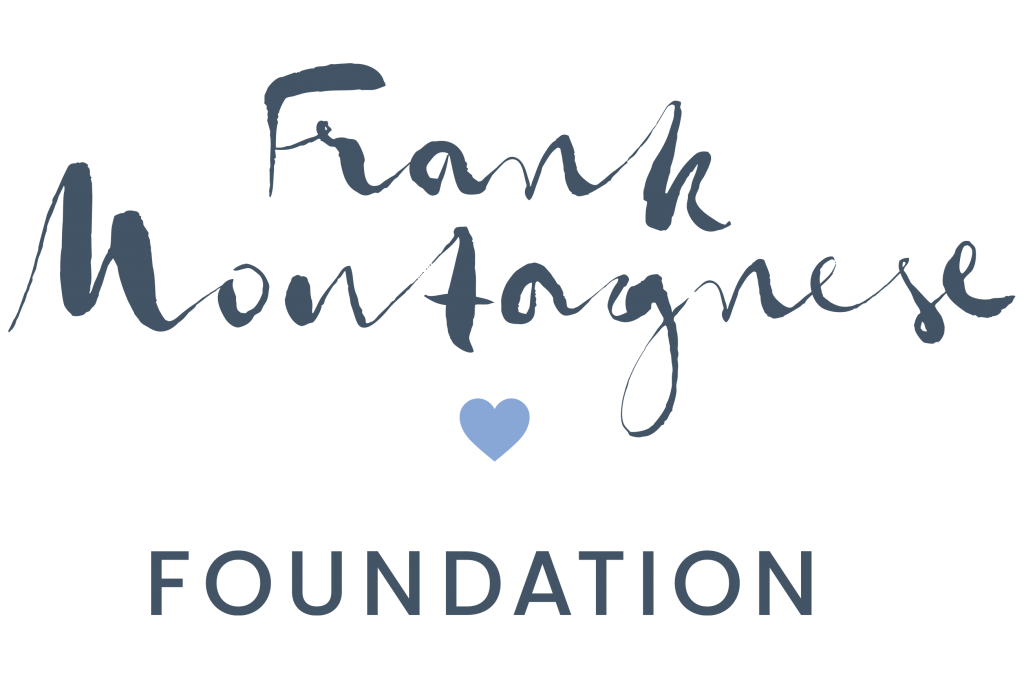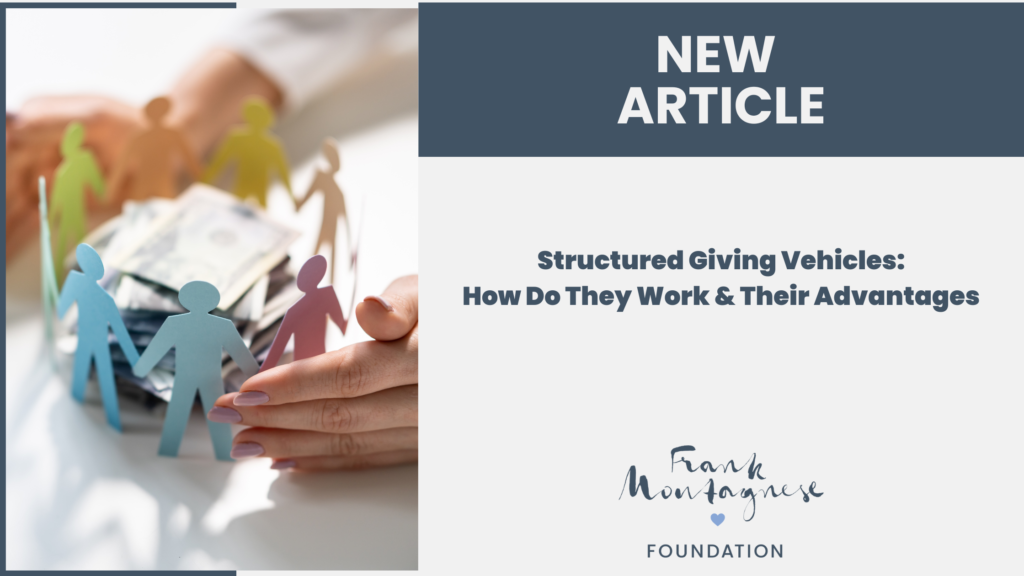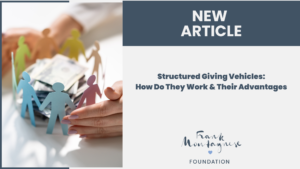The new financial year has arrived, creating a new opportunity for families, individuals and corporations to leverage structured giving vehicles for their philanthropy.
Whilst many think about the tax benefits of charitable donations and contributions at the End of the Financial Year, these contributions work best for all parties when they are part of a long-term, strategic plan that focuses on matching funds with causes closest to your heart.
Structured giving vehicles play a huge role in Australian philanthropy by encouraging higher levels of giving and creating more strategic and impactful charitable contributions over time.
They allow for people to donate money in an organised manner, and help donors decide how to give money to causes they care about.
This includes charities and foundations, where their donation can also be a tax deduction or in order to increase the amount of money available for donations in the future.
If you are considering being one of the many Australians who play a crucial role in supporting important – and often underfunded – causes, a new financial year can be the perfect time to take stock of the best way for you to achieve this.
Here are the key features of structured giving vehicles, which include:
- Private Ancillary Funds (PAFs): Private charitable trusts that can be established by individuals, families, or businesses. Donors can then make tax-deductible donations, invest the funds, and distribute them to eligible charities over time.
- Public Ancillary Funds (PuAFs): They are similar to PAFs, but instead, they are open to public contributions. These offer a way for multiple donors to pool their resources together for giving to charities.
- Sub-funds: Separate accounts within a larger charitable fund. They allow donors to establish a named giving account without the challenges of setting up their own foundation.
- Giving circles: Groups of individuals who come together and pool their donations. They then collectively decide on which charities or causes to support.
- Testamentary or legacy trusts: Established through a will to manage charitable giving after the death of a donor.
- Irrevocable donations: A seed contribution or any subsequent donations, can’t be transferred back to its donor. Donating funds are designated for a charitable purpose by using a structured giving vehicle, until the funds are ready to be distributed to its eligible beneficiaries.
Structured giving vehicles offer several advantages:
- Tax benefits: Donors can claim tax deductions for their contributions.
- Strategic approach: This enables a more planned, long-term approach to philanthropy.
- Growth potential: Funds may be invested and grow over time, potentially increasing the overall amount available for charitable giving.
- Family involvement: Vehicles can facilitate family discussions and decision-making around charitable giving.
- Flexibility: Donors are able to contribute to the fund over time and then, distribute to charities at their discretion, within certain guidelines.
At Frank Montagnese Foundation, we’ve generated $575k in donations and grants for a number of preventative programs and initiatives across a wide range of causes.
Here are some of the organisations that we support: https://gkmgroup.com.au/frank-montagnese-foundation/
If you are interested in contributing money, time, or services to any of our causes, reach out today. We would love to help you on your journey to making a big difference in our community.




